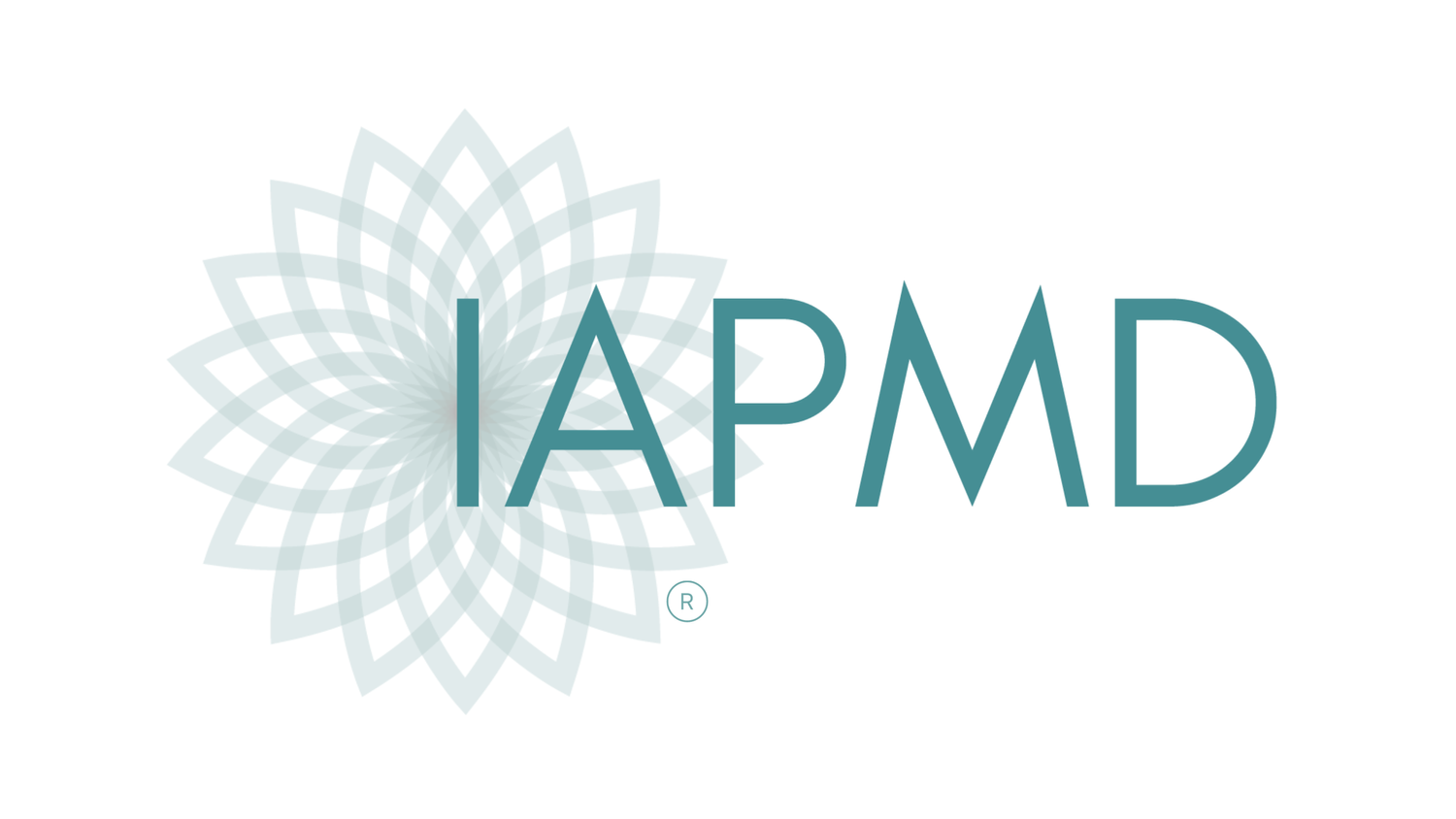Iconic Buildings and Landmarks Worldwide Illuminate the Urgency to Bring Awareness to Life-Threatening Reproductive Health Condition
More than a half-dozen iconic buildings and landmarks around the world will be illuminated this month in a show of support for a little known, debilitating and life-threatening condition affecting 1 in 20 women that takes an average of 12 years to be correctly diagnosed.
Among the icons are Niagara Falls; Vancouver Center BC; CN Tower in Toronto; Bell Tower, Perth, Australia; Houston City Hall, Houston; Bank of America Plaza, Texas; Helmsley Building, New York City; and the McNichols Building, Denver. All structures will be illuminated from dusk until dawn, other than Niagara Falls which will shine from at 10-10:15 p.m. on April 29.
“This illumination symbolizes a show of hope for those who suffer - after years of being unseen and unheard - the tide is turning and we are putting PMDD in the spotlight,” according to Laura Murphy, Board Member, International Association for Premenstrual Disorders (IAPMD), the global leader of PMDD support and education. “The theme for this years awareness month is “Shine a light on PMDD and we feel that this is a perfect gesture to show sufferers across the globe that PMDD awareness is growing and they no longer need to suffer alone”
Premenstrual Dysphoric Disorder (PMDD) is a cyclical, hormone-based mood disorder which impacts approximately 1 in 20 women and individuals assigned female at birth (AFAB) of reproductive age - a staggering 60 million worldwide. With symptoms including severe depression, mood swings, irritability or anxiety appearing in the two weeks before menses, PMDD takes a toll on sufferers’ ability to work and maintain relationships with partners and family and drastically increases the risk of suicidal behaviors. Preliminary findings from the 2018 Global Survey of Premenstrual Disorders* indicate that 30% of patients with PMDD reported that they had attempted suicide to escape their symptoms.
“We’re thrilled to have this important cause recognized by so many iconic landmarks around the globe, and hope that it empowers people around the world to help ‘Shine a Light on PMDD’. With awareness comes compassion and, most importantly, research and a cure.” added Murphy.
The global icons will be illuminated in teal, PMDD’s signature color, which brilliantly symbolizes emotional balance and stability. A full schedule of lightings includes:
April 9 DENVER McNichols Building, Denver, Colorado, USA
April 16 NEW YORK CITY Helmsley Building, New York, USA
April 24 DALLAS Bank of America Plaza, Texas, USA
April 28/29 HOUSTON Houston City Hall, Houston, TX, USA
April 29 PERTH Bell Tower, Perth, Australia
April 29 TORONTO CN Tower, Toronto, Canada
April 29 (10-10.15pm) Niagara Falls, Ontario, Canada
April 30 VANCOUVER Vancouver Center, Vancouver BC, Canada. Vancouver - Olympic Cauldron and District Markers at the Vancouver Convention Centre & BC Place
The icon illumination is part of the PMDD Awareness Month, led by a coalition of organizations including IAPMD, U.S.-based Me v PMDD and Vicious Cycle: Making PMDD Visible, to ‘Shine a Light on PMDD.’ Resources to support awareness-building are available on pmddawarenessmonth.org. Website visitors can access the PMDD Awareness Month Toolkit, find facts and figures about PMDD, create a fundraiser, and share their story.
While PMDD is directly connected to the menstrual cycle, it is not a hormone imbalance but rather a severe neurobiological reaction to the natural rise and fall of estrogen and progesterone. Symptoms occur the week or two before menstruation and go away a few days after bleeding begins. There is no blood or saliva test to diagnose PMDD, but these tests can rule out other underlying disorders. Diagnosis is done by tracking symptoms for at least two menstrual cycles. As noted above, women and AFAB individuals with PMDD are at an increased risk for suicidal behavior. Although PMDD has been included in the Diagnostic and Statistical Manual of Mental Disorders (DSM) and International Classification of Diseases (ICD) for years, it continues to be disregarded or misunderstood by doctors and the general public.
*Note that these findings of the 2018 Global Survey of Premenstrual Disorders are still pending scientific peer review and publication by our Clinical Advisory Board. These numbers reflect our organization’s internal analyses aimed at understanding the scope of the problem of premenstrual disorders.
# # #
Organizational Contacts:
Laura Murphy
Project Co-Founder/Director, Vicious Cycle
www.facebook.com/viciouscyclepmdd
Twitter: @viciouscyclepmd
+44 7739 342590
Amanda LaFleur
Co-Founder & Executive Director, IAPMD
www.iapmd.org
1-800-609-PMDD (7633)
Sheila H. Buchert
Co-Founder & COO, Me v PMDD, Inc.
www.mevpmdd.com
727-421-1489
